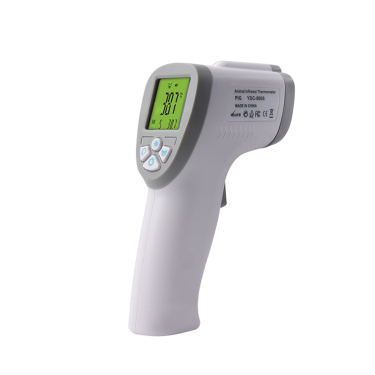
# Dog Thermometer: Essential Tool for Monitoring Your Pet’s Health
## Why Every Pet Owner Needs a Dog Thermometer
As a responsible pet owner, monitoring your dog’s health should be a top priority. One of the most crucial tools in your pet care arsenal is a reliable dog thermometer. Unlike human thermometers, these specialized devices are designed specifically for canine use, providing accurate readings that can help you detect potential health issues early.
## Understanding Normal Dog Temperature
Before using a dog thermometer, it’s important to know what constitutes a normal temperature range for your furry friend:
– Normal temperature: 101°F to 102.5°F (38.3°C to 39.2°C)
– Mild fever: 103°F (39.4°C)
– High fever: 104°F (40°C) or above
– Hypothermia: Below 99°F (37.2°C)
## Types of Dog Thermometers
### 1. Rectal Thermometers
Considered the gold standard for accuracy, rectal thermometers provide the most reliable readings. Modern digital versions offer quick results and are relatively easy to use with proper technique.
### 2. Ear Thermometers
These infrared devices measure the temperature inside your dog’s ear canal. While less invasive than rectal thermometers, they may be slightly less accurate if not positioned correctly.
### 3. Non-contact Infrared Thermometers
These allow you to take temperature readings without physical contact, making them ideal for anxious or aggressive dogs. However, they tend to be less accurate than other methods.
## How to Use a Dog Thermometer Properly
For rectal thermometers (the most common type):
– Lubricate the tip with petroleum jelly or water-based lubricant
– Gently lift your dog’s tail
– Insert the thermometer about 1 inch into the rectum
– Hold it in place until it beeps (for digital models) or for about 60 seconds (for mercury thermometers)
– Clean the thermometer thoroughly after each use
## When to Check Your Dog’s Temperature
Regular temperature checks aren’t necessary for healthy dogs, but you should use your dog thermometer when you notice:
– Lethargy or unusual tiredness
– Loss of appetite
– Shivering or panting excessively
– Warm ears or nose (though these aren’t reliable indicators alone)
– Any signs of illness or discomfort
## Choosing the Right Dog Thermometer
When selecting a dog thermometer, consider:
– Accuracy: Look for veterinary-grade devices
– Speed: Digital models provide faster readings
– Comfort: Consider your dog’s temperament
– Ease of cleaning: Waterproof models are preferable
– Durability: Choose a sturdy design that can withstand occasional drops
## Storing and Maintaining Your Dog Thermometer
Proper care ensures your thermometer remains accurate and hygienic:
– Store in a clean, dry place
– Clean with alcohol wipes after each use
Keyword: dog thermometer
– Replace batteries regularly in digital models
– Check calibration periodically
– Keep separate from human thermometers
A dog thermometer is an essential tool that every pet owner should have in their first aid kit. By monitoring your dog’s temperature when they show signs of illness, you can catch potential health problems early and seek veterinary care when necessary. Remember that while a thermometer is valuable for initial assessment, it doesn’t replace professional veterinary advice when your pet is seriously ill.